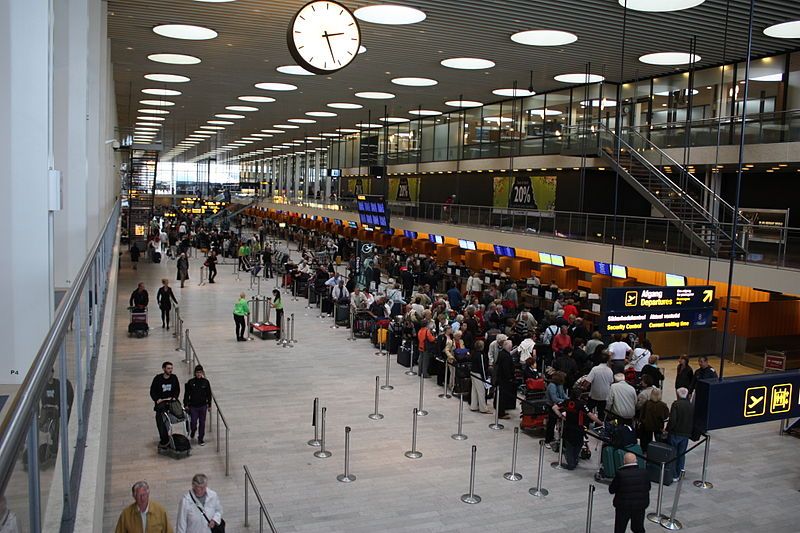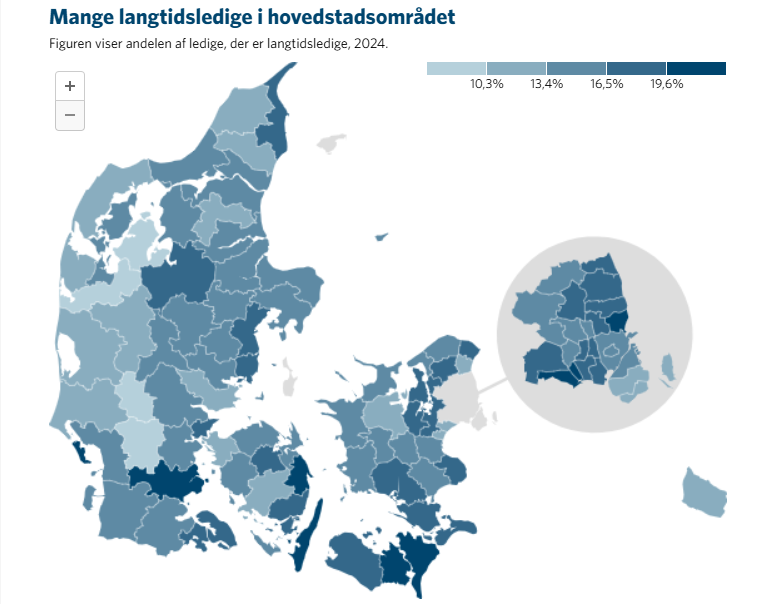Last week, Denmark opened an embassy in Colombia’s capital Bogotá. According to Mogens Jensen, the trade and development minister, the main focus will be on strengthening trade co-operation between the two countries.
Jensen pointed out that, with 90 percent of current economic growth happening outside of Europe, it was important for Denmark to look beyond the limits of its traditional regions for international trade and investment. Thus, South America is becoming increasingly appealing.
Trade on the rise
Kristoffer Bang Refberg, a policy advisor at the industrial advocate group Dansk Industri, explains that trade between Denmark and the countries of the subcontinent has been on the rise for some time.
“Danish-South American trade is growing rapidly,” he said.
“In fact, Danish exports have increased almost fourfold since the turn of the new millennium. In 2013, they rose to 16.5 billion kroner.”
A dynamic region
According to Refberg, this trend is set to continue in the years to come, especially when Latin America is taken as a whole.
“Latin America has become one of the most dynamic regions in the world,” he said.
“With an expected average annual growth rate of approximately 5 percent, GDP per capita will most likely double by 2030. With a growing middle class estimated at approximately 500 million people by 2030 with substantially increased purchasing power parity, the prospects for increased Danish exports are excellent.”
Risky but manageable
However, similar to some of its neighbours, Colombia still faces significant challenges. According to DR, the country has the world’s second-highest number of internally displaced persons. Additionally, it has the tenth highest murder rate in the world – in 2012 it stood at 30.8 per 100,000 people.
Refberg acknowledges the dangers of conducting but he does not believe that this should necessarily hinder trade. “There are indeed risks associated with doing business in Latin America as well as challenges to security, such as kidnapping and organised crime,” he said.
“However, most risks and threats to security can be mitigated or reduced. So, our general impression – to which there are of course exceptions – is that the risks associated with doing business in Latin America have become manageable.”
Improved climate for business
Indeed, in the context of risk, Refberg highlights positive developments in the region.
“During the last two decades or so, Latin American and Caribbean countries have been through deep reforms that have improved the business climate substantially,” he explained.
“Hyperinflation is gone, and public debt and budget deficits have been reduced significantly. The political systems have become more stable with democratically elected governments, and bureaucratic procedures run more smoothly.”














